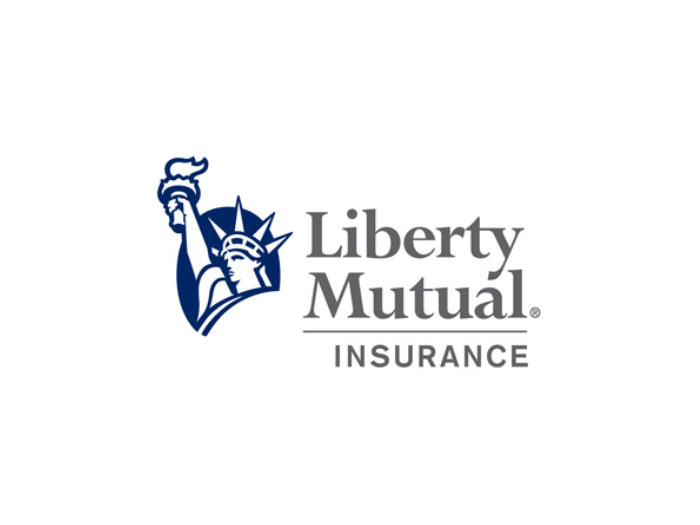Sponsored Content by AIG
Preparing for and Navigating the Claims Process

All of a sudden – it happens. The huge explosion in the plant. The executive scandal that leads the evening news. The discovery that one of your company’s leading products has led to multiple consumer deaths due to a previously undiscovered fault in its design. Your business and its reputation, along with your own, are on the line. You had hoped this day would never come, but it’s time to file a major claim.
Is your company ready? Do you know – for certain – how you would proceed, both internally with your own employees, and externally, with your insurance provider? What data will you need to provide, and how quickly can you pull it together? Do you know – and understand – the exacting wording of your policy? Are you sure you are covered for this type of incident? And even if you are a multinational with a global policy, how old is it, and is your coverage in concert with any recent changes in the laws of the country and local jurisdiction in which the incident occurred?
As should be clear from these few questions, if you organization is hit with a major event and you need to make a claim, just knowing that you are current with your premium payments is not enough. Preparation before the event ever occurs, strong relationships with your insurance team, and a thorough understanding of what needs to happen throughout the claims process are all essential to reaching a satisfactory claim settlement quickly, so that a long business disruption and further damage are avoided.
Get Ready before Disaster Strikes
 The Boy Scout motto, “Be prepared,” applies equally well to organizations that may suddenly be faced with the need to navigate the complexities of the claim process – especially for large claims following a major crisis. Crises are by nature emotional events. Taking the following steps ahead of time, before disaster strikes, will help avoid the sense of paralysis and tunnel vision that often follows in their wake.
The Boy Scout motto, “Be prepared,” applies equally well to organizations that may suddenly be faced with the need to navigate the complexities of the claim process – especially for large claims following a major crisis. Crises are by nature emotional events. Taking the following steps ahead of time, before disaster strikes, will help avoid the sense of paralysis and tunnel vision that often follows in their wake.
Open up a dialogue with your insurer – today.
For risk managers and others who will be called upon to interface with your insurer in the event of a crisis, establishing open and honest lines of communication now will save trouble and time in the claims process. Regular communication with your insurance team and keeping them up to date on recent developments in your organization, business and manufacturing processes, etc., will provide them with a better understanding of your risk profile and make it easier to explain what has happened, and why, in the event you ever have to file. It will also help in the process of updating and refining the wording in existing policies to reflect important changes that may impact a future claim.
Conduct pre-loss workshops to stress-test your readiness to handle a major loss.
Firefighters conduct frequent drills to ensure their teams know what to do when confronted with different types of emergencies. Commercial airline pilots do the same. Your organization should be no different. Thinking through potential loss scenarios and conducting workshops around them will help you identify where the gaps are – in personnel, reporting structures, contact lists, data maintenance, etc., before a real crisis occurs. If at all possible, you should include your insurance team and broker (if you have one) in these workshops. This will not only help cement important relationships, but it will also serve to further educate them about your organization and on what you will need from them in a crisis; and vice versa. The value to your organization can be significant, because your risk management team will not be starting from zero when you have to make a claim. Knowing what to do first, whom to call at your insurer, what data they will need to begin the claims process, etc. – all of this will save time and help get you on the road to a settlement much more quickly.
Know what your policy covers, before you need it.
 This advice may sound obvious, but experience has shown that all too often, companies are not aware, in detail, of what their policies cover and don’t cover. As Noona Barlow, AIG head of financial lines claims Europe has noted, particularly in the case of small to mid-size organizations, “it is amazing how often directors and risk managers don’t actually know what their policy covers them for.” This can have dire consequences. In the case of D & O insurance, for example, even a “global” policy many not cover all situations, because in some countries, companies are not allowed to indemnify their directors. Obviously, these kinds of facts are important to know before rather than after an incident occurs. So it is important to have an insurer with both a broad and deep understanding of local laws and regulations wherever you have exposure, in addition to an understanding of the technical details of working through the claims process.
This advice may sound obvious, but experience has shown that all too often, companies are not aware, in detail, of what their policies cover and don’t cover. As Noona Barlow, AIG head of financial lines claims Europe has noted, particularly in the case of small to mid-size organizations, “it is amazing how often directors and risk managers don’t actually know what their policy covers them for.” This can have dire consequences. In the case of D & O insurance, for example, even a “global” policy many not cover all situations, because in some countries, companies are not allowed to indemnify their directors. Obviously, these kinds of facts are important to know before rather than after an incident occurs. So it is important to have an insurer with both a broad and deep understanding of local laws and regulations wherever you have exposure, in addition to an understanding of the technical details of working through the claims process.
Make sure your data management policies are in order.
Successful risk management depends on having consistent, high-quality data on all of your risk-sensitive operations (manufacturing, procurement, shipping, etc.), so that you can quantify where the greatest risks sit in the organization and take steps to reduce them. Good data, complemented by strong analytics, will also help you to identify potential problems before they occur. It will also help you to maximize the effectiveness of your insurance purchasing decisions. Frequent, detailed conversations with your insurer will help you to identify any areas where additional data might be needed in the event of a crisis.
No one ever wants to find themselves in the midst of a crisis. But if and when such an event does strike, if you have taken the steps above you will be much better positioned to work through the claims process – and reach an effective resolution – as quickly and as smoothly as possible.
For more information, please visit the AIG Knowledge and Insights Center.










